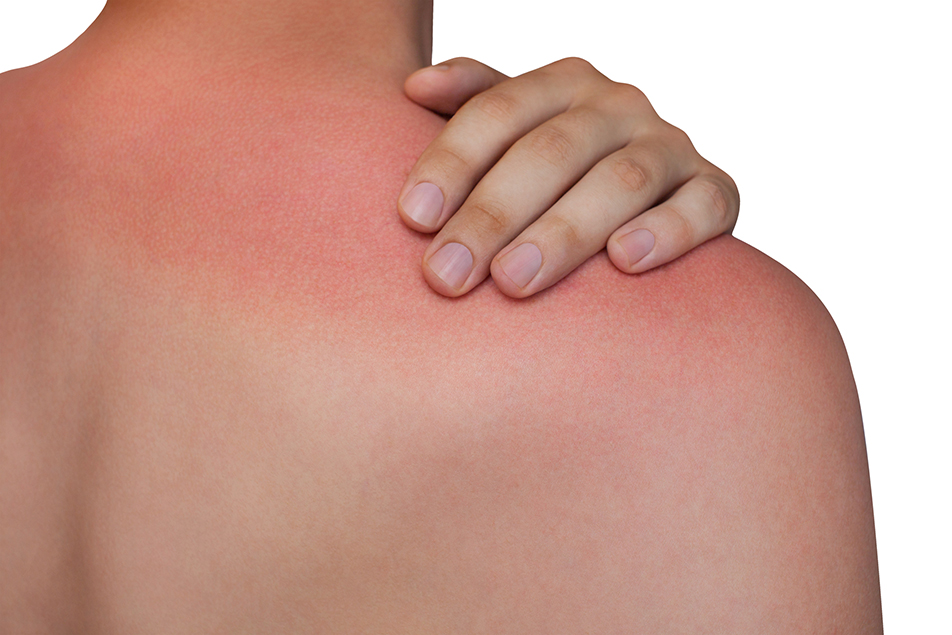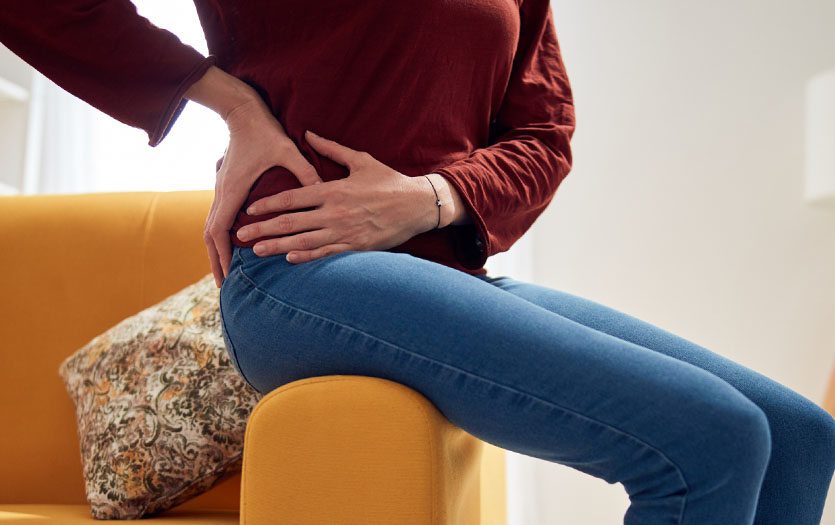
Long holiday weekends under an intense summer sun set the stage for tender sunburns and possibly sun poisoning. When you’ve caught too many rays, what is the best way to care for your angry, aching skin? Amber McDevitt, doctor of pharmacy candidate, Manchester University, makes her recommendations for treating the symptoms of these forms of sun damage.
What is it?
Sunburns and sun poisoning happen after you are in the sun too long without protection, or using a tanning bed too much. A sunburn is when your skin is red, feels hot when touched, and is painful. You may also have swelling and small fluid filled blisters in the area where the burn is located. In addition, you may feel fatigued.
Sun poisoning is a more severe sunburn. It starts out similar to a sunburn with the red and hot skin; however, there are additional signs and symptoms to be aware of. These can include headaches, large blisters and swelling, nausea, fever, dizziness and increased heart rate and breathing rate.
What can you do to treat it?
- Hydration is very important. You may experience a headache after a sunburn and this is likely due to dehydration. If you have a sunburn or sun poisoning, it’s important to drink plenty of water.
- Take cool showers or baths.
- Apply a towel dampened with cool water, and apply to the sunburned area.
- Avoid using scented lotions and perfumes on or near the sunburned skin as this may irritate the skin more.
- Avoid picking or scratching at the skin, and avoid popping any blisters.
- Keep the sunburned area moisturized, as this will help with dry skin. It’s also important to keep it moisturized as your skin starts to peel.
What over the counter products may help?
- To relieve the pain from the burn you can take acetaminophen or ibuprofen. However, it is important to talk with your pharmacist to make sure the medication you pick up is appropriate.
- Topical hydrocortisone cream (0.5 to 1%) can be applied to the sunburned area as this will help decrease pain and itching. Do not apply if you have an open sore.
- Aloe vera gel can be used on the skin to soothe it, and help with inflammation.
- Products that contain lidocaine can be used to numb the skin and help with pain. But caution is advised because it can cause further irritation to the skin.
- You want to avoid products that contain alcohol in them, and gel products because they can dry your skin out.
When should I go to the doctor?
- If the sunburn covers a large portion of your body
- If symptoms do not improve within a few days, or if they worsen
- If the blisters become infected
- If you develop a fever, temperature greater than 101.4 degrees Fahrenheit
- If you experience vision changes
- It is important to see a dermatologist to check for suspicious moles
What can I do to prevent this?
- Sunscreen! You want to use a sunscreen that has broad spectrum coverage against UVA and UVB rays. The American Academy of Dermatology recommends a water resistant sunscreen with SPF 30 or greater.
- Sunscreen should be applied 15 to 30 minutes before going outside. It should be reapplied every 2 hours, or more frequently if you are sweating, or swimming.
- Use a chapstick/ lip balm that has SPF protection.
- Limit your time outside, especially between the hours of 10 a.m. and 4 p.m. During this time is when the sun’s rays are the most intense.
- Wear sunglasses that have both UVA and UVB protection.
- It is important to know that some medications can increase your risk of getting sunburn. If you have questions about the medications you are taking, talk to your physician or local pharmacist.
References:
https://www.mayoclinic.org/diseases-conditions/sunburn/symptoms-causes/syc-20355922
https://www.aad.org/public/skin-hair-nails/injured-skin/treating-sunburn
https://www.aad.org/media/stats/prevention-and-care/sunscreen-faqs
https://share.upmc.com/2014/06/dangers-sun-poisoning/



